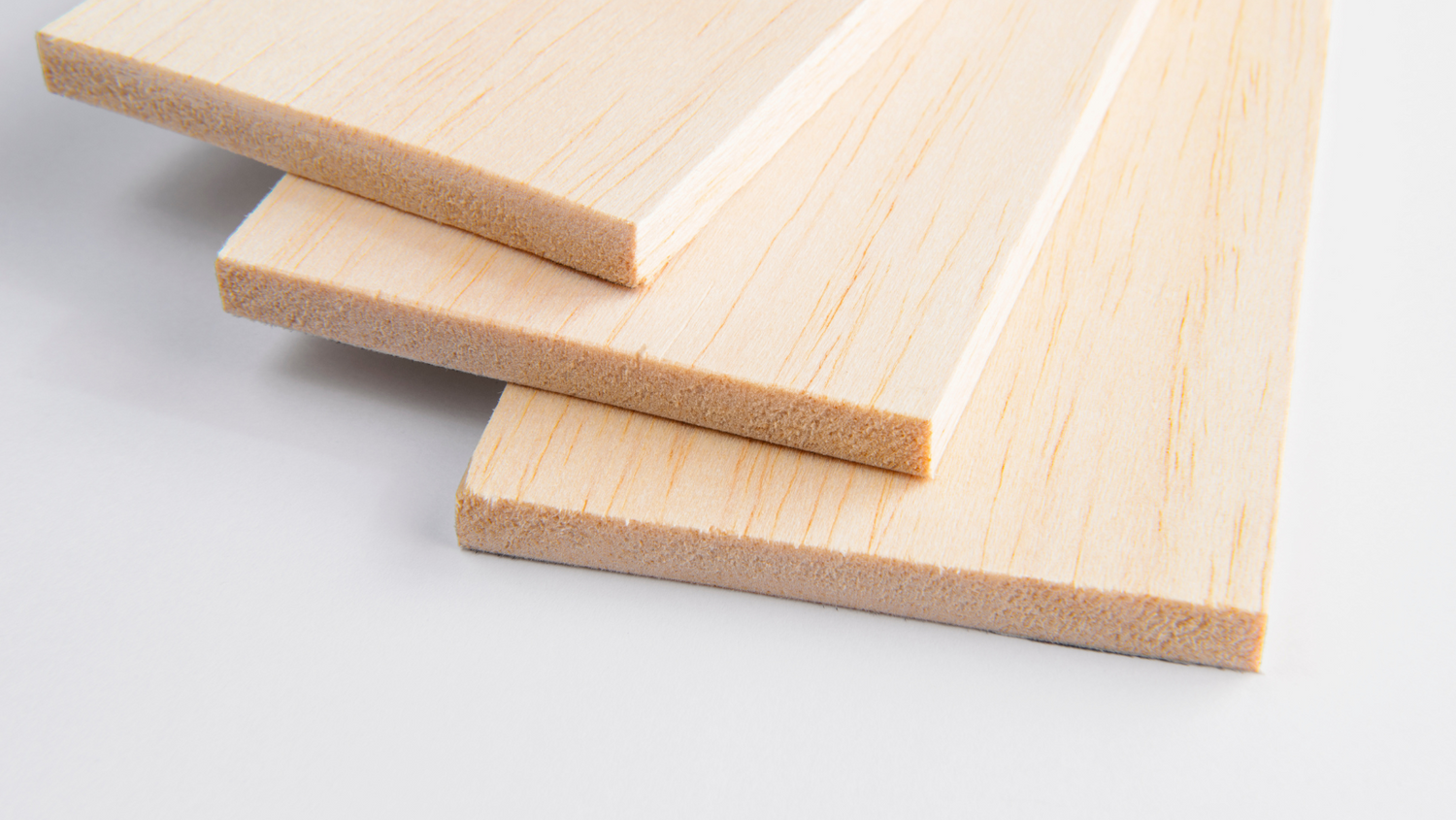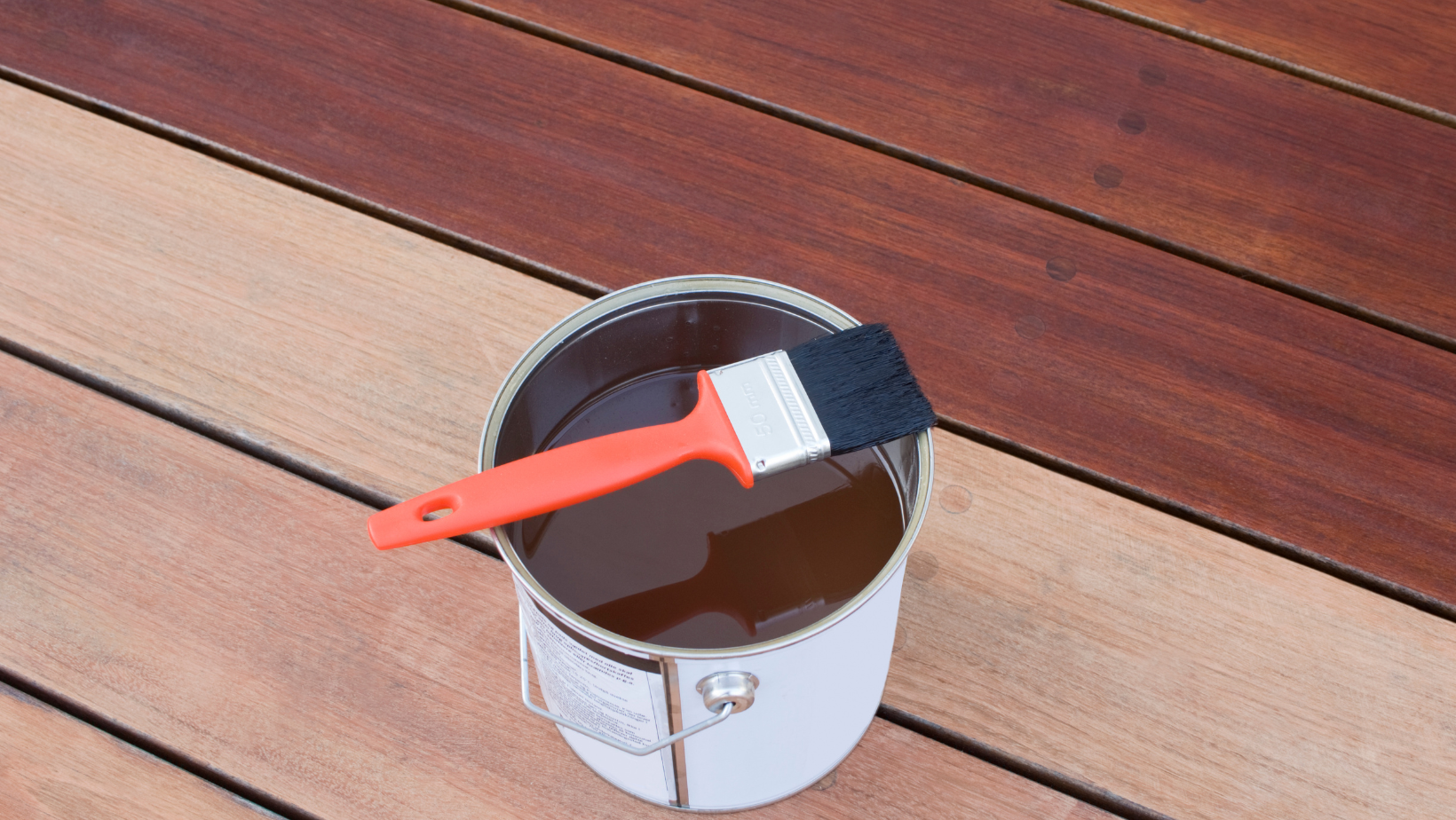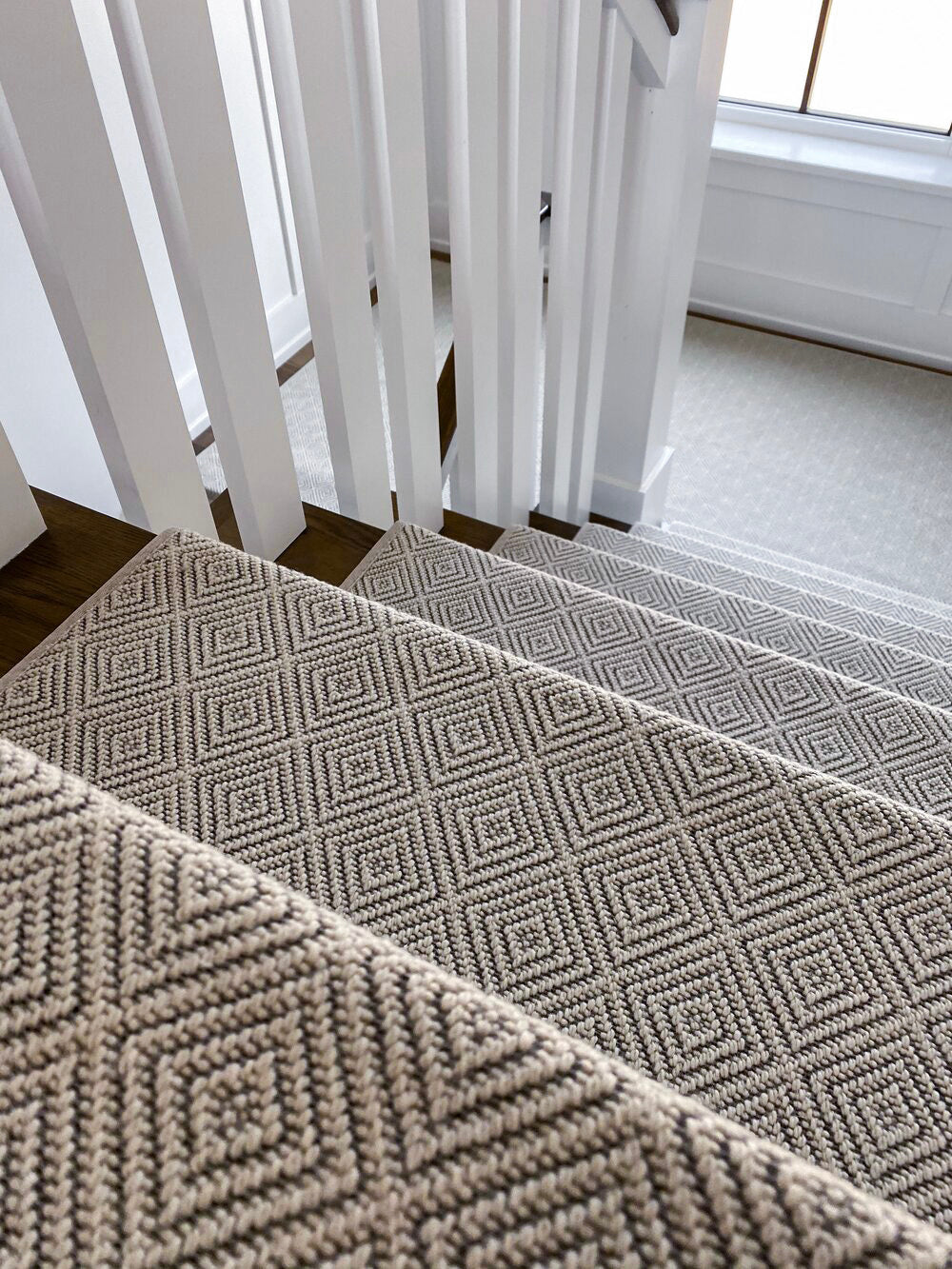Using hardwood flooring for stair treads is not just about enhancing the aesthetic appeal of your home; it’s a strategic choice for durability and long-term value. This guide delves into the essentials of selecting, installing, and maintaining hardwood stair treads, ensuring that every step you take is a step towards elegance and safety.
Adding carpet stair treads over hardwood enhances the design by introducing texture and color, providing an opportunity to complement the existing decor while also softening the overall look and feel of the staircase. This addition not only increases comfort underfoot but also reduces noise and adds a layer of safety.
What Wood Can Be Used for Stair Treads?
When choosing the type of wood for your stair treads, consider both durability and appearance.
Hardwoods such as oak, maple, and walnut are popular choices due to their hardness and ability to withstand wear.
These species offer a perfect blend of strength and style, making them ideal for high-traffic areas.
Exotic woods like teak or mahogany, while more expensive, add a unique design element and exceptional longevity to your staircase.
Hardness and Grain
The hardness of the wood affects its durability.
For instance, oak and maple are not only hard but also have a pronounced grain pattern that helps disguise minor scratches and dents.
Color and Finish
Choosing the right color and finish can transform the ambiance of your entire home.
Lighter woods like ash or maple can make small spaces appear larger, while darker woods like walnut add a touch of sophistication.
How Thick Should Wood Stair Treads Be?
The thickness of your wood stair treads plays a crucial role in the safety and stability of the staircase.
A minimum thickness of one inch is standard, but for enhanced durability and a more pronounced appearance, consider treads up to 1.5 inches thick.
Thicker treads are especially recommended for wider spans where additional support is needed to prevent flexing.
Structural Integrity
Thicker treads reduce the risk of warping and cracking over time, providing a solid, squeak-free ascent or descent.
How to Clean Wood Stair Treads
Maintaining the pristine appearance of your wood stair treads is simpler than you might think. Here's a step-by-step guide on how to clean wood stair treads:
-
Regular Dusting: Use a soft microfiber cloth or mop to remove dust and debris, which can scratch the wood surface over time.
-
Mild Cleaning Solution: Avoid harsh chemicals. A diluted solution of water and vinegar or a pH-neutral cleaner designed for hardwood floors is sufficient to clean the treads without damaging the finish.
-
Immediate Spill Cleanup: To prevent stains, wipe up spills immediately with a dry or slightly damp cloth.
Avoid Moisture and Harsh Chemicals: Excessive water can cause wood to swell and warp, while harsh cleaning agents can strip the finish.
How to Finish Wood Stair Treads
How to finish wood stair treads not only protects them but also enhances their natural beauty. Here’s how to do it right:
-
Sanding: Start with a thorough sanding to create a smooth surface.
-
Staining (Optional): If you wish to change the color of the wood, apply a stain before sealing. Be sure to choose a stain that complements the existing décor.
-
Sealing: Use a high-quality polyurethane sealer for its hard-wearing properties. Apply at least two coats, sanding lightly between applications for the best finish.
Choose the Right Finish: Matte, satin, and gloss finishes each offer a different aesthetic. Consider the overall style of your home when choosing the finish type.
Additional Considerations for Hardwood Stair Treads
Design Compatibility
Ensure that the wood treads you choose harmonize with the existing hardwood flooring in your home.
Consistency in wood type and finish helps create a cohesive look throughout your interior.
Safety Features
Consider adding anti-slip pads or carpet stair treads, especially in homes with children or elderly residents. Safety should never be compromised for style.
Environmental Impact
Opt for woods certified by the Forest Stewardship Council (FSC) to ensure that your beautiful staircase is also environmentally responsible.
Conclusion
Choosing hardwood flooring for stair treads brings a blend of durability, style, and value to your home. With the right wood, thickness, and finish, your staircase can become a central feature of your home’s aesthetic while offering practical benefits like longevity and ease of maintenance.



